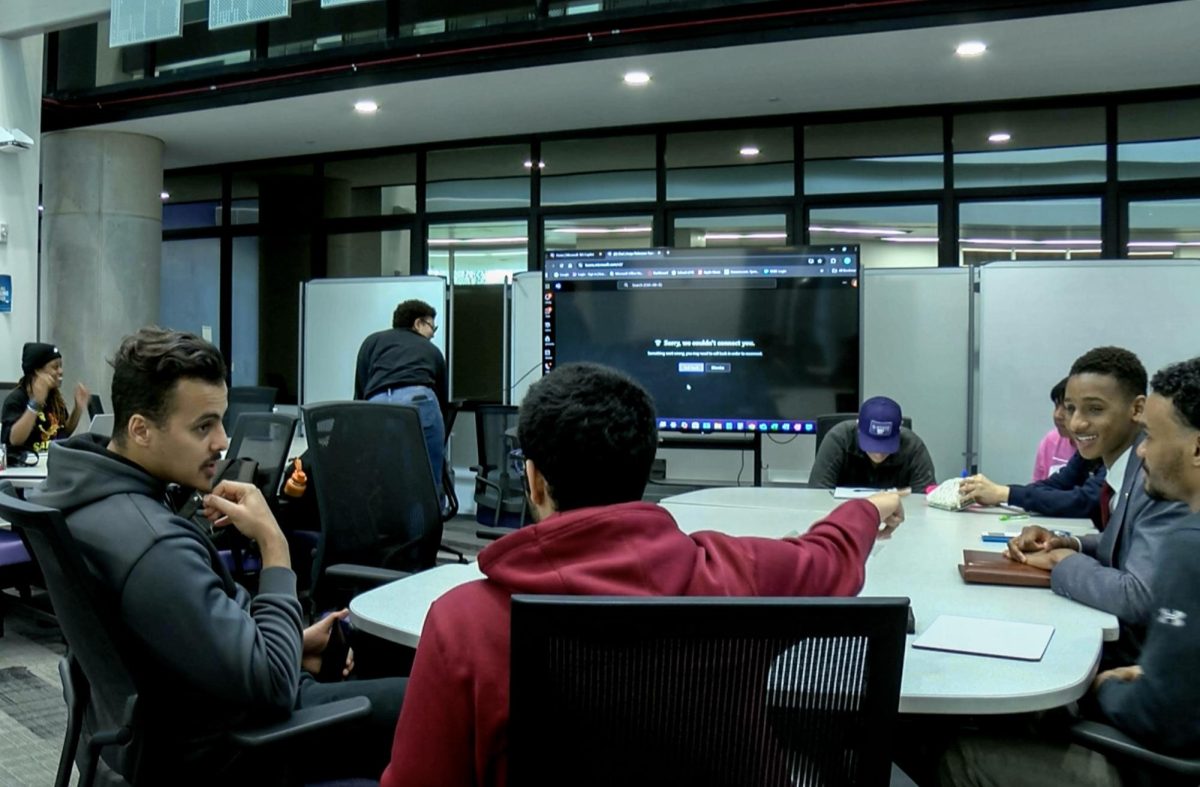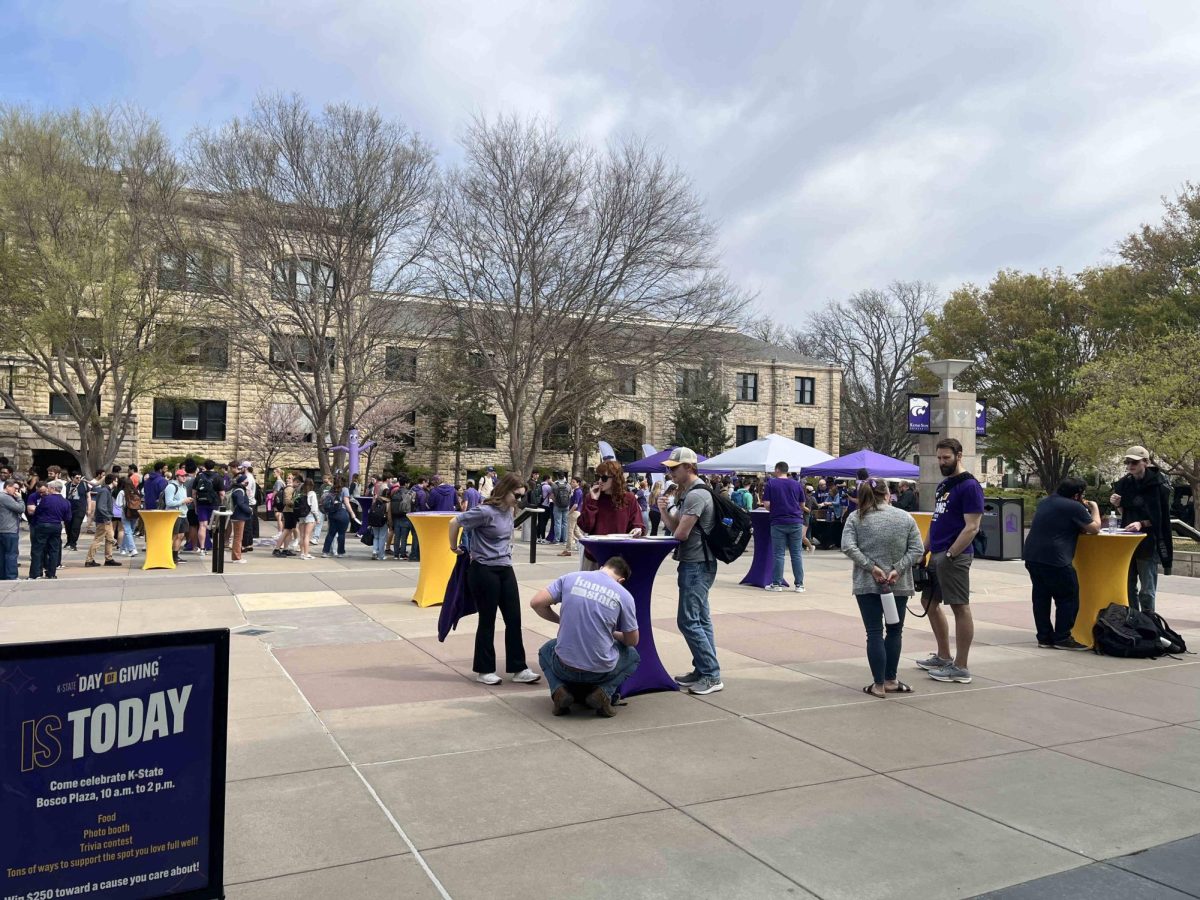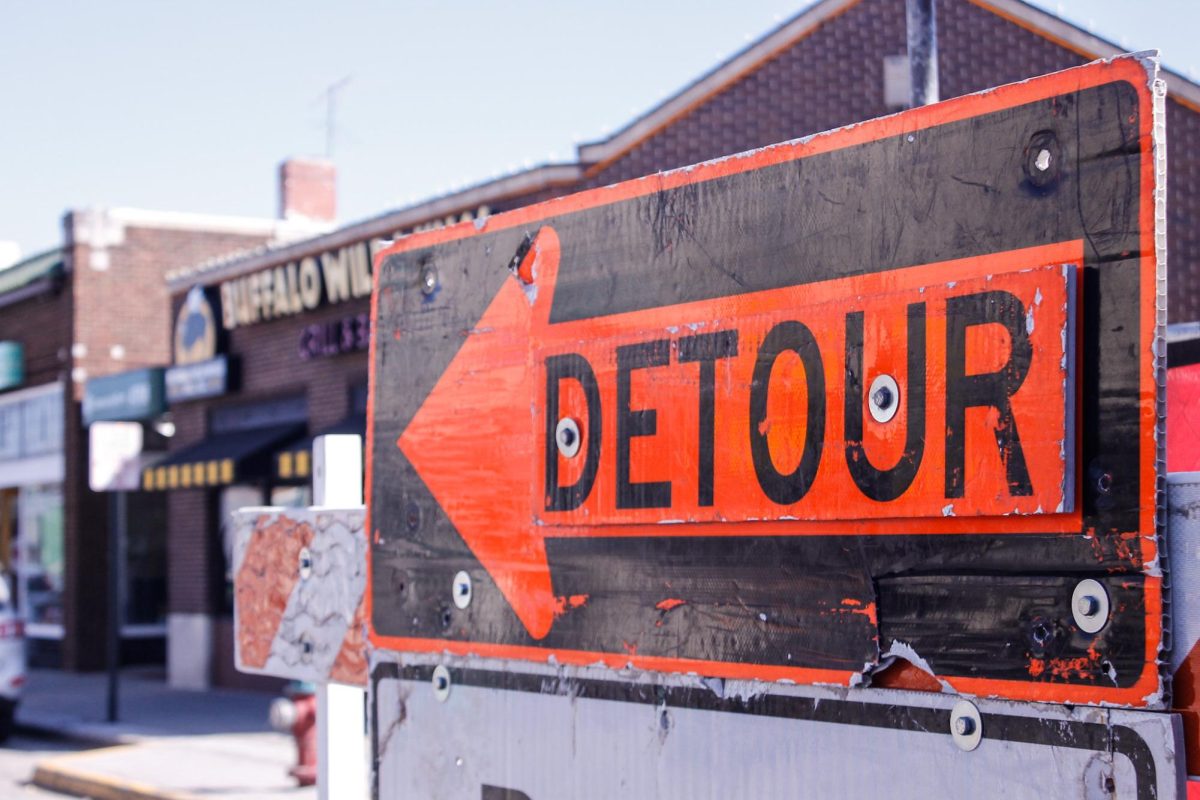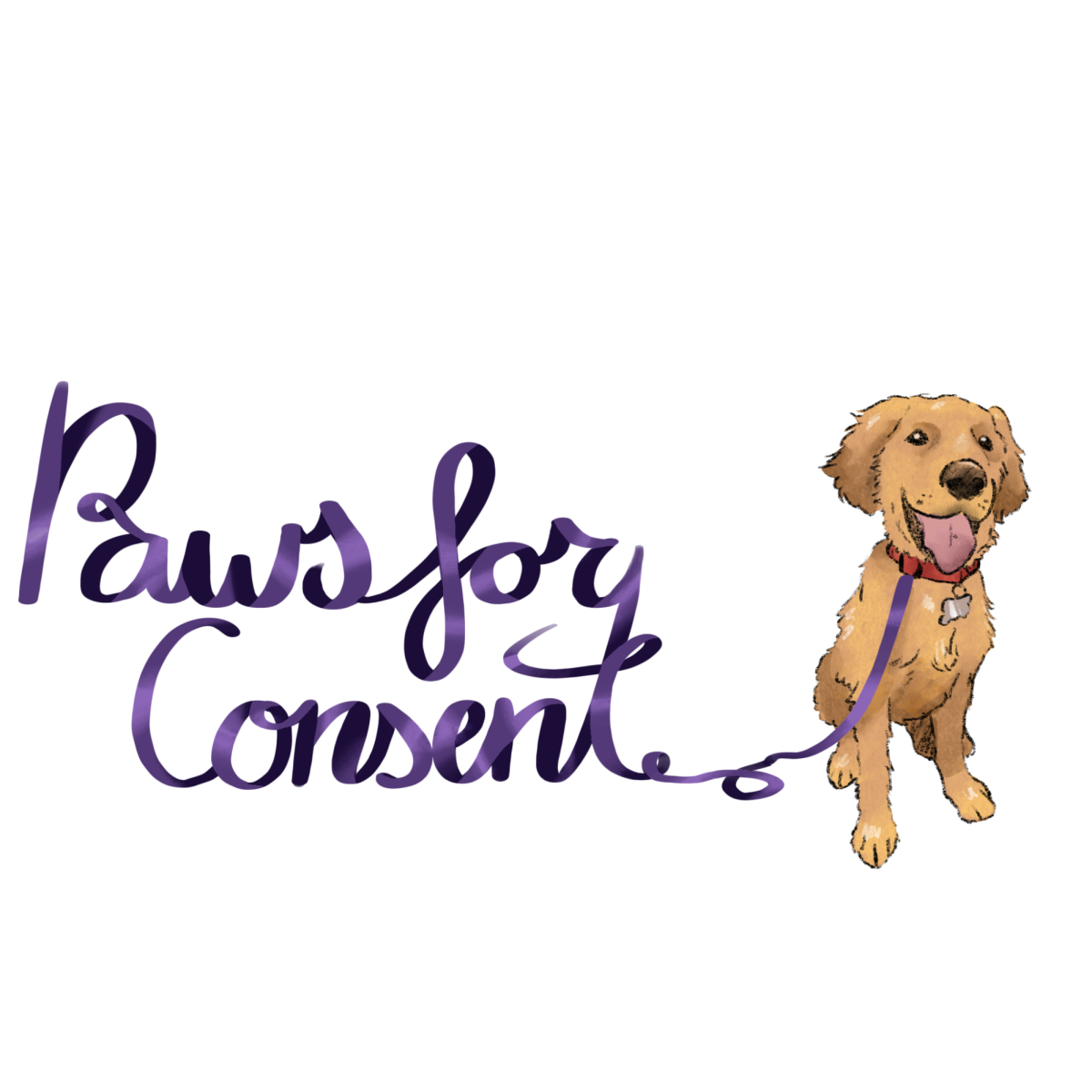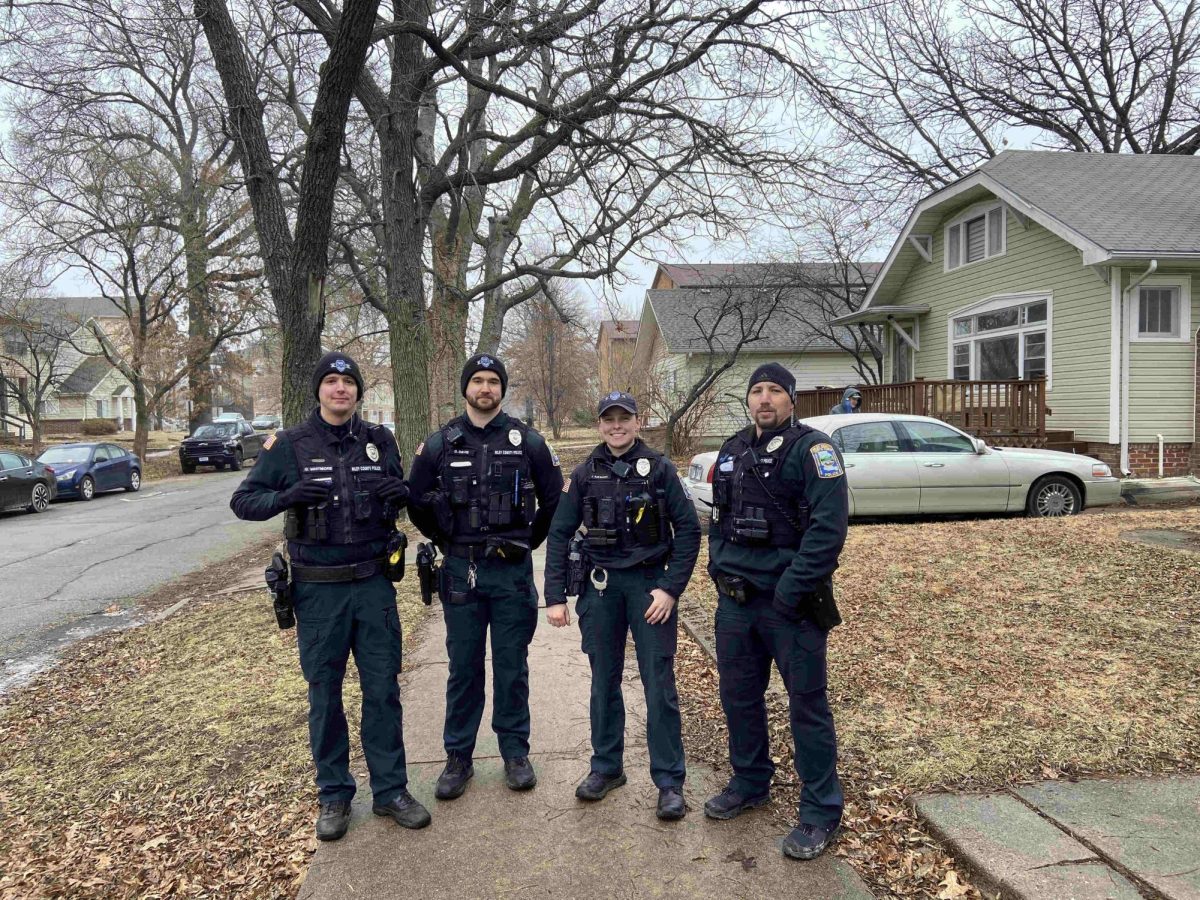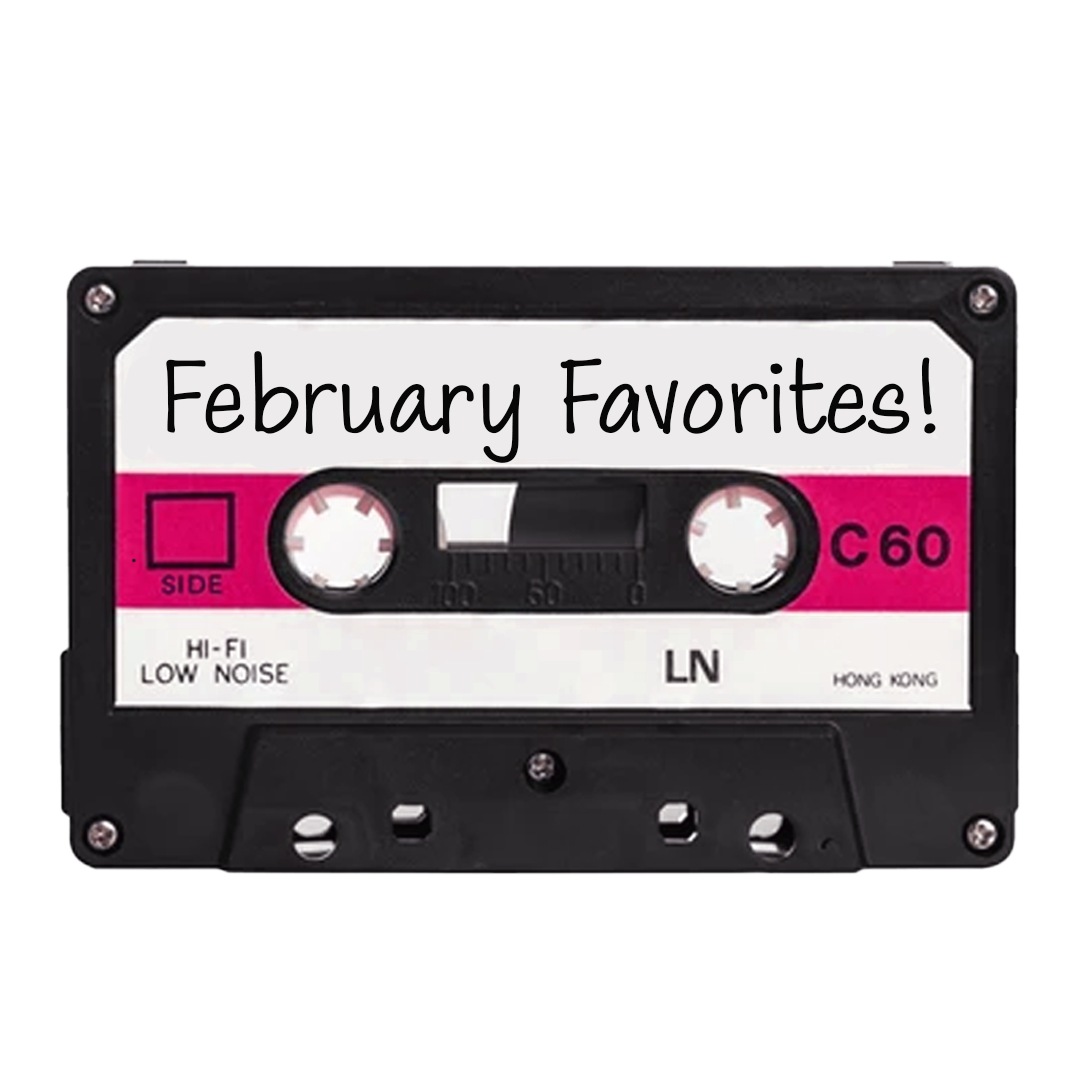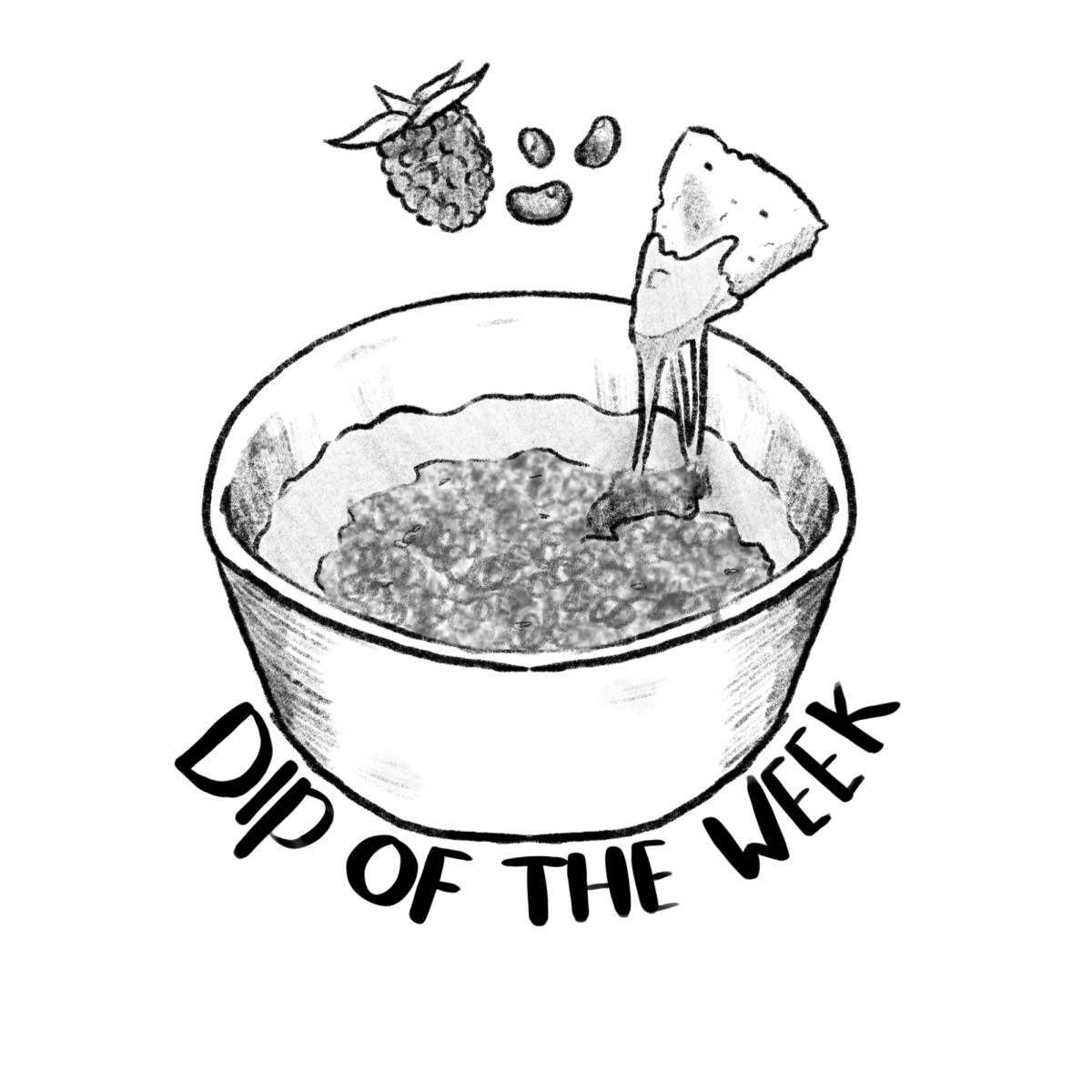Riley County will have the authority to mitigate “nuisances” on properties outside city limits and bill property owners under a new law going into effect July 1.
According to Riley County’s press release, a property nuisance consists of property owners “knowingly allowing conditions that endanger public health, safety or welfare.”
Examples of such nuisances include storing multiple abandoned cars, rusted appliances or broken furniture on the property.
Nuisances are typically identified through neighbor complaints. When these complaints are received, Riley County Planning and Development/Environmental Health conduct a visual inspection of the property and notify the property owners of nuisances or zoning ordinance violations.
County staff do not enter the property during the initial visit and a detailed notice of violation is sent to the property owner following the visit. After three notices, the county counselor’s office can initiate court proceedings to issue a court order.
Amanda Webb, director of planning and development/environmental health, said in the press release that this law makes enforcement less challenging.
“There wasn’t a clear-cut or simple way to request a court order for property cleanup, no matter how long the problem had been going on or how significant the impact was on the community,” Webb said.
Riley County can hire a contractor to remove the nuisance if the property owner does not comply with the court order. While the owner will be billed for the removal, any salvage proceeds are credited to them. The property owner will receive the net proceeds if the salvage value exceeds the abatement cost.
The new abatement process will follow several rules and regulations to ensure a smooth transition. It is intended to ensure compliance within Riley County, but not interfere with any approved agricultural activities or items.
“Most people comply after one or two letters,” Webb said. “Unfortunately, there have been instances where a property owner refused to comply even after a court order. Now, with this new tool, we can mitigate unsafe conditions more effectively. We will use it sparingly and judiciously.”





